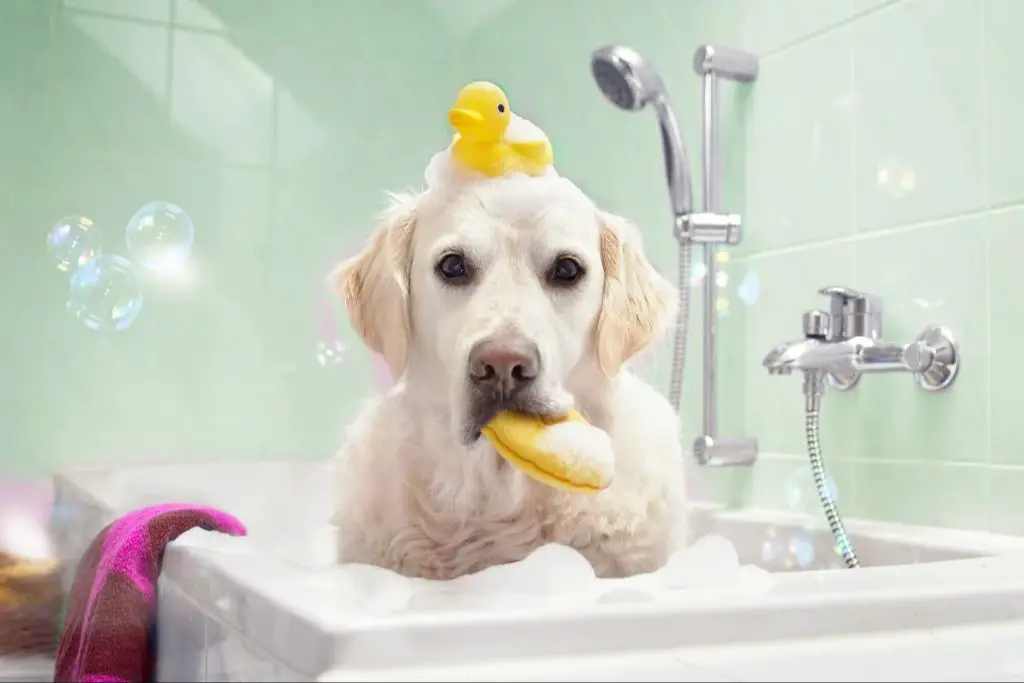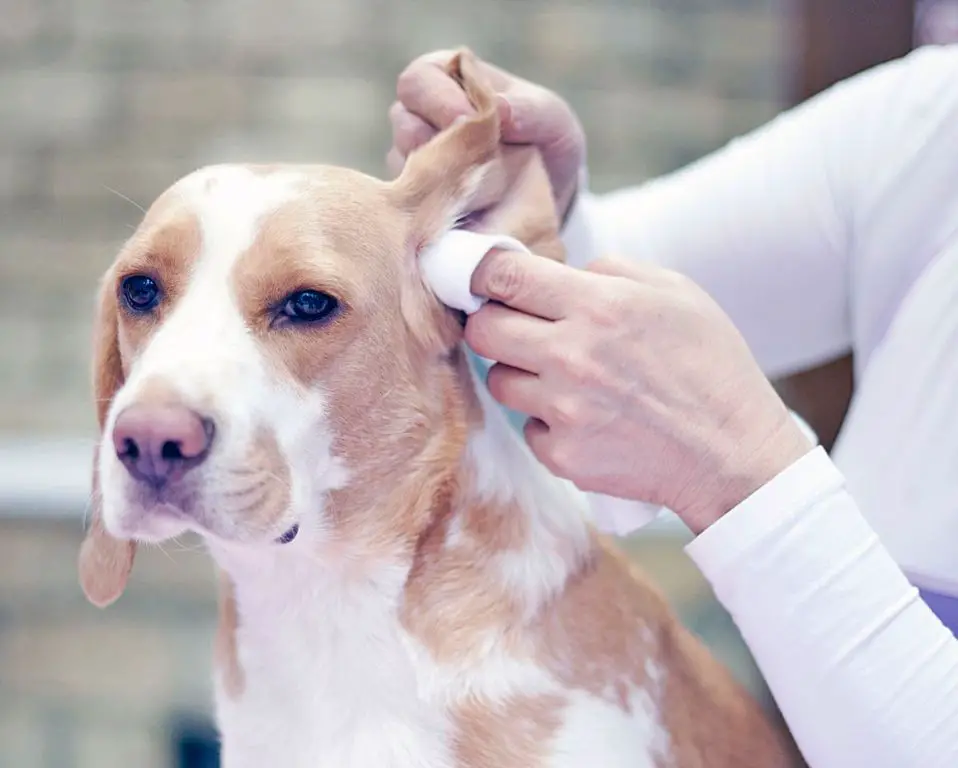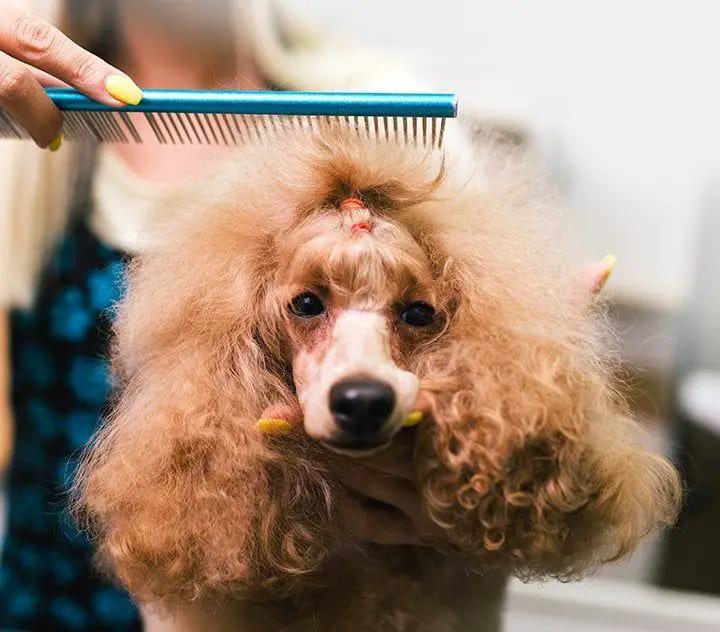Introduction to Dog Grooming
Dog grooming refers to the routine care and maintenance of a dog’s hygiene, appearance, and health. It involves keeping the coat, skin, ears, eyes, nails, and teeth clean and free of parasites and debris. Grooming is an essential part of caring for a dog, as it helps prevent medical issues, improves the dog’s quality of life, and strengthens the bond between owner and pet.
Regular grooming keeps a dog’s coat free of dirt, loose hair, parasites, and tangles. Brushing stimulates the skin to produce natural oils, keeps the coat from matting, and helps distribute those oils over the fur for a healthy coat and skin. Baths remove dirt and odor while cleaning the skin. Trimming the nails keeps them from splitting or overgrowing. Checking and cleaning the ears helps avoid infections. Brushing the teeth prevents periodontal disease. For long-haired breeds, trims neaten the appearance of the coat.
The grooming needs of dogs can vary significantly based on the breed, coat type, age, and health of the dog. Short-haired breeds often require less frequent brushing and bathing compared to long-haired breeds, which need daily brushing to prevent matting. Puppies and senior dogs may need grooming accommodations. Consulting a groomer or veterinarian can help determine the ideal grooming regimen.
Brushing the Coat
Regular brushing is essential to keeping your dog’s coat clean, healthy, and free of mats and tangles. Brushing provides numerous benefits for your dog’s skin and coat.
Brushing removes dirt, debris, and dead hair that can otherwise accumulate in the coat. This helps keep the coat free of knots and tangles that can be painful for your dog. Brushing distributes oils throughout the coat to condition the skin and hair. It also stimulates blood circulation to nourish hair follicles.
How often you should brush depends on your dog’s coat type:
- Short, smooth coats: 1-2 times per week
- Long, silky coats: Daily brushing recommended
- Thick double coats: 2-3 times per week
- Curly coats: Every 2-3 days
Use a slicker brush for short, smooth coats or a bristle brush for long, silky coats. For thick double coats, use an undercoat rake to remove loose hair before brushing with a slicker brush. Always brush in the direction of hair growth and start by brushing the topcoat before working down to the undercoat.
Bathing

Giving your dog regular baths is an important part of maintaining good hygiene and keeping their coat and skin healthy. How often you need to bathe your dog depends on factors like their breed, lifestyle, and coat type.
Dogs with short, smooth coats may only need bathing every few months. Dogs with long or curly coats that tend to mat or collect dirt and debris likely need bathing about once a month. Active dogs that spend time outside and get into messes may need more frequent baths. It’s best to use your judgment based on your dog’s individual needs.
When bathing your dog, be sure to use a high-quality dog shampoo and not human shampoo, which can dry out their skin. Dog shampoos are formulated at a pH level suitable for canine skin and contain ingredients like moisturizers. Opt for a shampoo suited to your dog’s specific needs, like one for sensitive skin or to help treat fleas.
Make sure to thoroughly rinse all the shampoo out of your dog’s coat to avoid skin irritation. You may need to do multiple rinses to remove all traces of suds. After bathing, be sure to properly dry your dog’s coat. Use an absorbent towel or blow dryer on a low setting to remove moisture and prevent chill.
Clipping the Nails
Clipping your dog’s nails regularly is an important part of grooming. Overgrown nails can hook onto surfaces and tear, causing your dog pain and leading to infection. Long nails may also push the toe into an unnatural position, putting pressure on joints and ligaments.
To safely clip your dog’s nails:
- Have your dog sit or lie down in a comfortable position.
- Use sharp clippers designed specifically for dogs.
- Locate the quick, which is the pink part of the nail containing blood vessels and nerves. Avoid cutting into the quick, as this will cause bleeding and discomfort.
- Hold your dog’s foot firmly but gently and snip off small portions of the nail at a time.
- Reward your dog with treats for behaving well during the process.
An alternative to clippers is using a nail grinder. This is a rotary tool that sands down the nail with an abrasive surface. Grinders reduce the risk of cutting the quick and may be less stressful for anxious dogs. However, grinders take more time to use than clippers. It’s important to work slowly and avoid overheating the nail when grinding it down.
Clipping or grinding your dog’s nails regularly every few weeks will keep them at a healthy length. This is an essential part of grooming.
Cleaning the Ears

Cleaning your dog’s ears regularly is an important part of grooming. You’ll want to check for any signs of infection like redness, swelling, odor, and discharge. Use a cotton ball to gently wipe out any dirt or wax, being careful not to insert anything into the ear canal. There are special ear cleaning solutions you can use, or a gentle cleanser diluted with water. Avoid using cotton swabs, which can damage the delicate inner ear. Cleaning your dog’s ears weekly will help prevent painful infections.
Brushing the Teeth
Keeping your dog’s teeth clean is an important part of grooming for preventing dental disease. Plaque and tartar can accumulate on a dog’s teeth if not removed regularly, potentially leading to gum inflammation, tooth decay, and tooth loss. Brushing helps disrupt plaque before it turns into tartar, while also massaging the gums.
For dogs, using a soft-bristled toothbrush designed specifically for them is best. There are finger toothbrushes as well as dual-ended brushes for both brushing and massaging the gums. Avoid using human toothbrushes, which can be too hard. Look for toothbrushes made for a dog’s mouth size and shape.
Additionally, toothpaste formulated for dogs is the safest option. Human toothpaste contains ingredients like fluoride and foaming agents that can upset a dog’s stomach if swallowed. Meanwhile, dog toothpaste comes in appetizing meat and poultry flavors to make the experience more enjoyable. The toothpaste is non-foaming and safe to ingest.
With positive reinforcement and going slowly, regular tooth brushing can become a healthy habit. Always check with your veterinarian if you have any concerns about your dog’s oral health.
Trimming the Coat
Proper coat trimming and styling is an important part of keeping your dog well-groomed. The trimming technique will vary based on your dog’s breed and hair type. Some breeds require only minimal trimming while others need more extensive styling. Here are some tips for trimming your dog’s coat at home:
For breeds with long, flowing coats like Collies, Golden Retrievers, and Poodles, regular trimming is essential. Use thinning shears or clippers with guide combs to trim long fringes around the feet, ears, tail, and other areas prone to matting. Clip against the direction of hair growth for a smooth finish. Blend clipped areas into the full coat. Leave 1-2 inches of full coat for protection and style.
Terriers with wiry coats can be hand stripped or trimmed with clippers. For a rounded terrier cut, use clippers with a fine blade in the reverse direction of growth. Trim the body short while leaving some coat fullness on the head, tail and legs. Scissor trim edges for a blended look.

For curly coated breeds like Poodles, professional styling with clippers and scissors allows for creative cuts. Styles like the basic Puppy Clip, Sporting Clip, and Lion Clip require close clipping of the hindquarters and tail base while leaving pompons and pom-poms on the legs, tail tip and head. precision scissor trimming blends the lines.
No matter the breed, always use sharp, well-oiled clippers and scissors to avoid irritation. Work slowly and carefully, taking breaks to prevent overheating the blades. Finish with a wide tooth comb for an even look. Keep coats clean and brushed out before trimming. Research breed-specific styles. And for show cuts, consult a professional groomer. With the right technique, you can keep your dog’s coat trimmed and stylish at home.
Grooming Sensitive Areas
When grooming sensitive areas on your dog like their eyes, mouth, and feet, it’s important to take extra care. These areas require precision and caution to avoid hurting or stressing your dog.
Trimming around your dog’s eyes and mouth should be done carefully. Use small, blunt scissors and only trim the hair that is directly around the eyes and mouth. Be very gentle, go slowly, and give your dog treats to keep them calm. Never trim too close to the skin or cut the whiskers.
Cleaning face wrinkles is essential, especially on breeds like Bulldogs and Shar Peis. Use a warm washcloth to gently wipe away dirt, debris, and moisture that can get trapped in the folds of skin. After bathing, thoroughly dry wrinkles to prevent irritation or infection.
When clipping your dog’s nail beds, be very cautious not to cut the quick, which is the blood vessel inside the nail. Cut small slivers off the end until you see a dark dot appear – this means you’re reaching the quick. Avoid cutting any further to prevent pain and bleeding. Having styptic powder on hand can help stop bleeding if you accidentally nick the quick.
Grooming sensitive areas requires patience and care to keep your dog comfortable and avoid injury. With the proper technique and precautions, you can maintain good hygiene on important areas like the eyes, mouth, and feet.
Maintaining Good Hygiene
Keeping your grooming tools clean is crucial for maintaining your dog’s health and hygiene. Here are some tips for proper sanitization and storage of grooming tools and accessories:
Disinfect metal tools like clippers, scissors, and nail trimmers after each use. Use grooming wipes or a disinfectant spray and make sure to follow the contact time listed on the product. Rinse and dry thoroughly. This prevents the transfer of bacteria or skin diseases between dogs.
Clean hairbrushes, slicker brushes, combs and mat splitters after each grooming session. Remove all hair and debris and wash with soap and water or brush cleaner. Allow to air dry completely before storing.
Wash grooming towels, dog beds, and other washable accessories at least once a week. Use hot water and bleach or enzymatic cleaners designed to break down organic matter like dirt, saliva, and skin oils. This helps remove bacteria, allergens and odors.
By properly disinfecting grooming tools after each use and washing accessories regularly, you can maintain good hygiene and prevent the spread of skin diseases, parasites, and infections between dogs.
Professional Grooming
While you can maintain your dog’s basic grooming routine at home, there are times when it pays to seek professional help from an experienced dog groomer. Some signs it may be time for a professional grooming session include:
- Your dog’s coat has become severely matted or tangled.
- You need a specialized haircut or clip for your dog’s breed.
- Your dog needs their anal glands expressed.
- Your dog needs a therapeutic bath or skin treatment.
- Your dog’s nails have become overgrown and require clipping.

At a professional dog grooming session, you can expect your groomer to thoroughly brush out your dog’s coat, bathe them, trim their nails, clean their ears, clip their hair if needed, and address any skin or coat issues. The groomer may also provide specialized services tailored to your dog’s needs, like teeth cleaning, flea treatments, de-shedding treatments, hair dyeing, nail filing, massages, cologne, paw balms, and more.
When selecting a dog groomer, look for experienced professionals certified by national grooming organizations. Visit the grooming facility to check cleanliness standards, safety protocols, and handling techniques. Ask for references from previous clients. Make sure your dog is comfortable with the groomer before leaving them in their care.